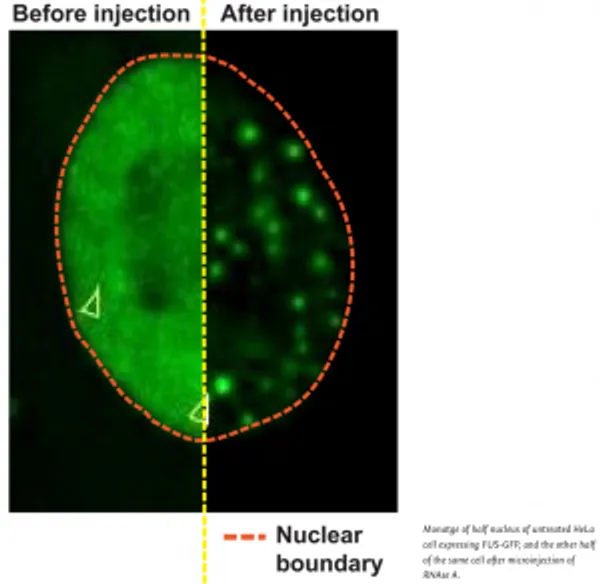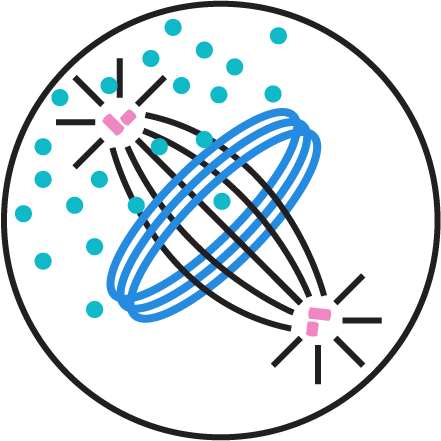Hyman Lab News

Phase Transitions form Virus Replication Compartments in Cells
Former postdoc Zoltan worked with the Whelan lab on VSV (Vesicular Stomatitis Virus). They show liquid-liquid phase separation (LLPS) seems to play an important role in host-pathogen interactions.

Former postdoc Richard opens his own lab in Oxford
Congratulations to Richard! Check out his website.

We are organizing an EMBO Practical Course for studying phase separation in biology!
This course will provide high quality instruction in the physical chemistry theories underlying biological phase separation, followed by hands on practical training in the assays and cutting-edge techniques used in this emerging field.

Jie's paper on the molecular grammar of phase separation is out!
In this work, Jie Wang and colleagues worked with a family of prion like proteins (FUS family proteins) and suggest rules that define their phase separation behavior. In cells, FUS family proteins can phase separate into liquid like organelles.

Check out our new user’s guide for phase separation assays with purified proteins!
The formation of membrane-less organelles and compartments by protein phase separation is an important way in which cells organize their cytoplasm and nucleoplasm. In vitro phase separation assays with purified proteins have become the standard way to investigate proteins that form membrane-less compartments.

Buffering disease: How the nucleus keeps proteins in check
Many age-related diseases affect the nervous system. One prominent example of a neurodegenerative disease is Amyotrophic Lateral Sclerosis (ALS). The brain tissue of ALS patients typically shows aggregates of so-called prion-like RNA-binding proteins.
